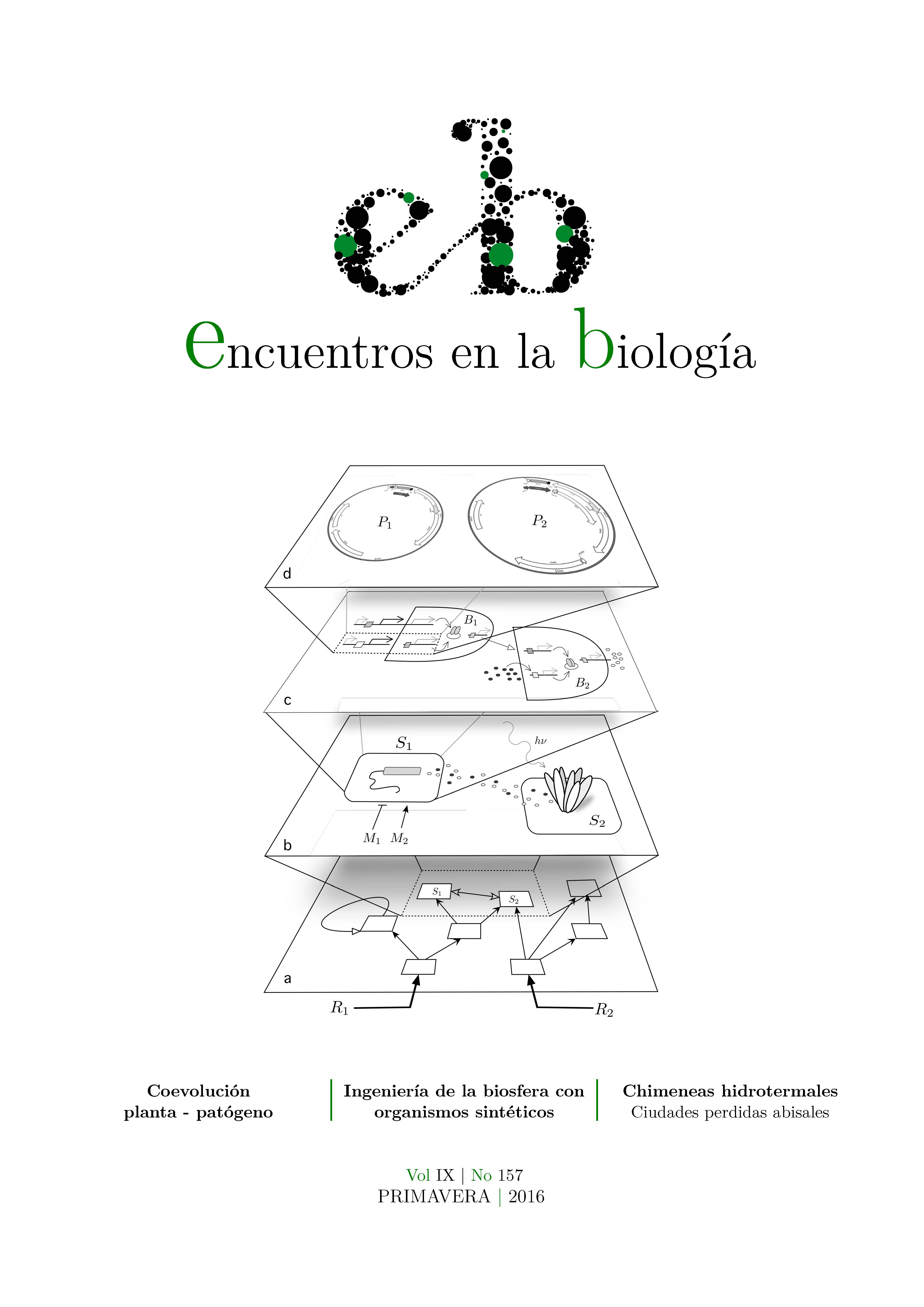Tanatomicrobiome: death after life, life after death
Keywords:
Microbiome, corpses, forensicAbstract
Is there life after death? Obviously yes, there is. It is just the well known process of ecological succession that occurs after the organism death. This ending is the start of a new kind of life in which the basic components, atoms and molecules, spread and reorganize in new life forms. A new kind of science is rising from the study of these processes, with atonishing applications.
Downloads
Metrics
Publication Facts
Reviewer profiles N/A
Author statements
Indexed in
-
—
- Academic society
- N/A
- Publisher
- Uma Editorial. Universidad de Málaga
References
Codina JC. Cerebro, corazón y microbioma. Encuentros en la Biología, 132: 9. 2011.
Finley SJ, Benbow EM, Javan GT. Microbial communities associated with human decomposition and their potential use as postmortem clocks. Int. J. Legal Med. 129: 623-632. 2015.
Benbow ME y otros. Seasonal necrophagous insect community assembly during vertebrate carrion decomposition. J. Med. Entomol. 50: 440-450. 2013.
Pechal JL y otros. The potential use of bacterial community succession in forensics as described by high throughput meta- genomic sequencing. Int. J. Legal Med. 128: 193-205. 2014.
Alan G, Sarah JP. Microbes as forensic indicators. Trop. Biomed. 29: 311-330. 2012.
Can I y otros. Distinctive thanatomicrobiome signatures found in the blood and internal organs of humans. J. Microbiol. Methods, 106: 1-7. 2014.
Metcalf JL y otros. A microbial clock provides an accurate estimate of the postmortem interval in a mouse model system. Elife 2, e01104. 2013.
Downloads
Published
How to Cite
Issue
Section
License
Esta obra está bajo licencia internacional Creative Commons Reconocimiento-NoComercial-CompartirIgual 4.0.
Esta revista provee acceso libre inmediato a su contenido bajo el principio de hacer disponible gratuitamente la investigación al público. Todos los contenidos publicados en Encuentros en la Bilogía están sujetos a la licencia Creative Commons Reconocimento-NoComercia-Compartirigual 4.0 cuyo texto completo puede consultar en <http://creativecommons.org/licenses/by-nc-sa/4.0>
Se pueden copiar, usar, difundir, transmitir y exponer públicamente, siempre que:
Se cite la autoría y la fuente original de su publicación (revista, editorial y URL de la obra).
No se usen para fines comerciales.
Se mencione la existencia y especificaciones de esta licencia de uso
Los derechos de autor son de dos clases: morales y patrimoniales. Los derechos morales son prerrogativas perpetuas, irrenunciables, intransferibles, inalienables, inembargables e imprescriptibles. De acuerdo con la legislación de derechos de autor, Encuentros en la Biología reconoce y respeta el derecho moral de los autores/as, así como la titularidad del derecho patrimonial, el cual será cedido a la Universidad de Málaga para su difusión en acceso abierto. Los derechos patrimoniales, se refieren a los beneficios que se obtienen por el uso o divulgación de las obras. Encuentros en la Biología se publica en open access y queda autorizada en exclusiva para realizar o autorizar por cualquier medio el uso, distribución, divulgación, reproducción, adaptación, traducción o transformación de la obra.
Es responsabilidad de los autores/as obtener los permisos necesarios de las imágenes que están sujetas a derechos de autor.
Los autores/as cuyas contribuciones sean aceptadas para su publicación en esta revista conservarán el derecho no exclusivo de utilizar sus contribuciones con fines académicos, de investigación y educativos, incluyendo el auto-archivo o depósito en repositorios de acceso abierto de cualquier tipo.
La edición electrónica de esta revista esta editada por la Editorial de la Universidad de Málaga (UmaEditorial), siendo necesario citar la procedencia en cualquier reproducción parcial o total.


